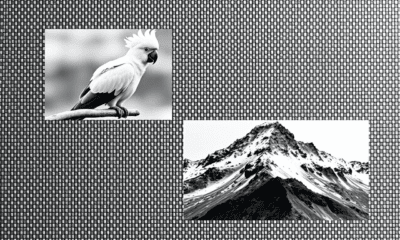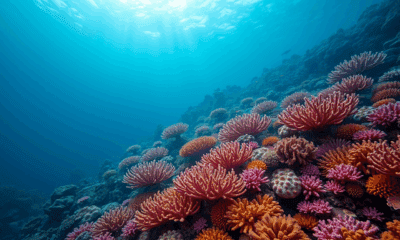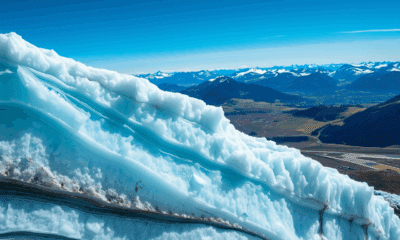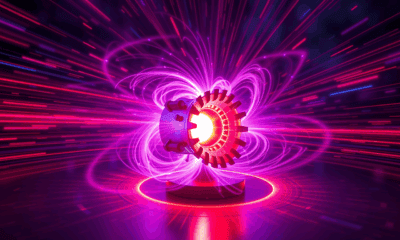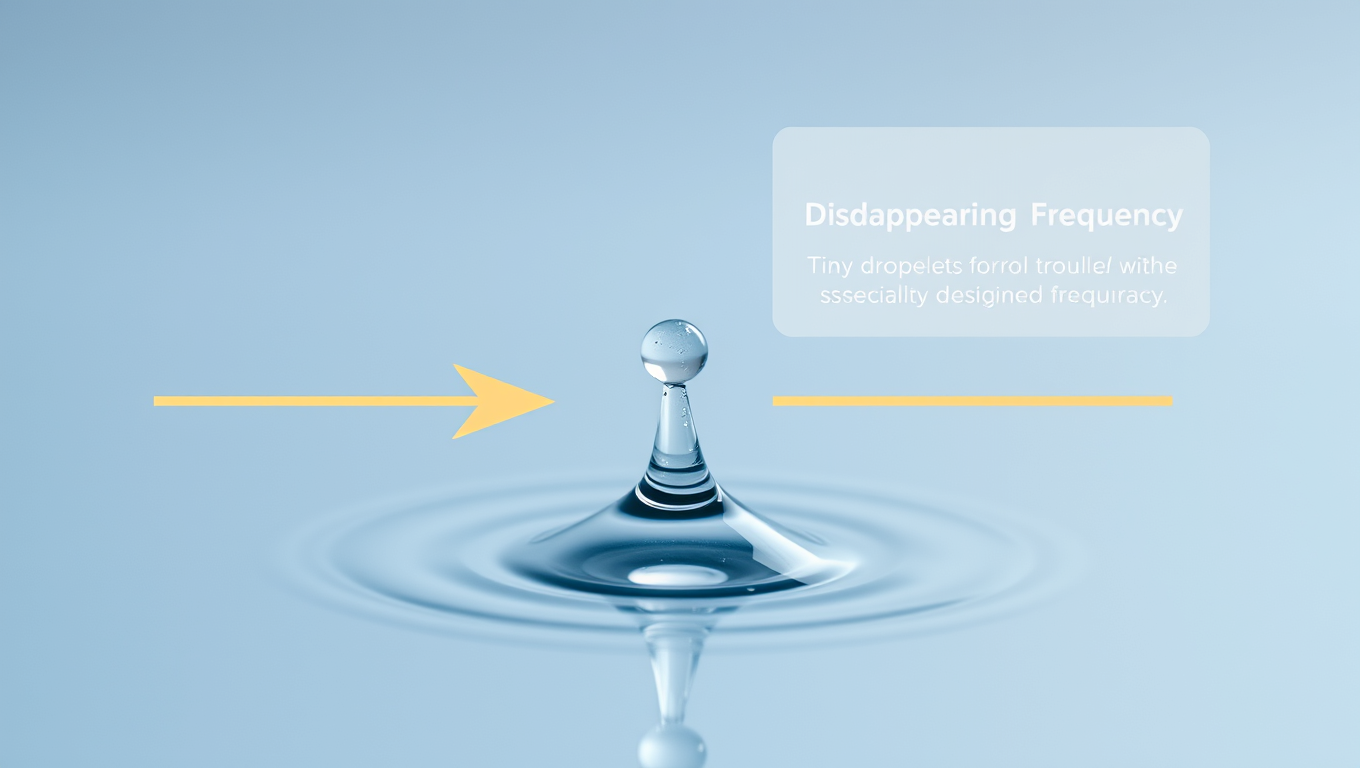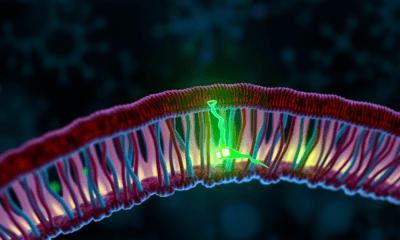While we try to keep things accurate, this content is part of an ongoing experiment and may not always be reliable.
Please double-check important details — we’re not responsible for how the information is used.
Albert Einstein
Harnessing Water Waves: A Breakthrough in Controlling Floating Objects
Where there’s water, there are waves. But what if you could bend water waves to your will to move floating objects? Scientists have now developed a technique to merge waves in a water tank to produce complex patterns, such as twisting loops and swirling vortices. Some patterns acted like tweezers or a ‘tractor beam’ to hold a floating ball in place. Other patterns made the ball spin and move precisely in a circular path. In the future, the technique could be scaled down to precisely move particles the size of cells for experiments, or scaled up to guide boats along a desired path on the water.

Albert Einstein
New Insights into Black Hole Scattering and Gravitational Waves: A Breakthrough in Theoretical Modeling
A new study achieves unprecedented accuracy in modelling extreme cosmic events like black hole and neutron star collisions by calculating the fifth post-Minkowskian (5PM) order, crucial for interpreting gravitational wave data from current and future observatories. The research reveals the surprising appearance of Calabi-Yau three-fold periods — complex geometric structures from string theory and algebraic geometry — within calculations of radiated energy and recoil, suggesting a deep connection between abstract mathematics and astrophysical phenomena. Utilizing over 300,000 core hours of high-performance computing, an international team demonstrated the power of advanced computational methods in solving complex equations governing black hole interactions, paving the way for more accurate gravitational wave templates and insights into galaxy formation.
Albert Einstein
“Revealing the Secrets of Advanced Surfaces: A New Theory for Rapid Heat Transfer”
Scientists have developed a new theory to explain heat transfer on advanced surfaces. The theory is critical to the researchers’ work to develop innovative surfaces for applications such as harvesting water from air without electricity.
-

 Detectors3 months ago
Detectors3 months agoA New Horizon for Vision: How Gold Nanoparticles May Restore People’s Sight
-

 Earth & Climate4 months ago
Earth & Climate4 months agoRetiring Abroad Can Be Lonely Business
-

 Cancer4 months ago
Cancer4 months agoRevolutionizing Quantum Communication: Direct Connections Between Multiple Processors
-

 Agriculture and Food4 months ago
Agriculture and Food4 months ago“A Sustainable Solution: Researchers Create Hybrid Cheese with 25% Pea Protein”
-

 Diseases and Conditions4 months ago
Diseases and Conditions4 months agoReducing Falls Among Elderly Women with Polypharmacy through Exercise Intervention
-

 Chemistry4 months ago
Chemistry4 months ago“Unveiling Hidden Patterns: A New Twist on Interference Phenomena”
-

 Earth & Climate4 months ago
Earth & Climate4 months agoHousehold Electricity Three Times More Expensive Than Upcoming ‘Eco-Friendly’ Aviation E-Fuels, Study Reveals
-

 Alzheimer's Research4 months ago
Alzheimer's Research4 months agoUnlocking the Secrets of Cell Behavior: New Pathways Discovered for Drugs to Act on Cells

